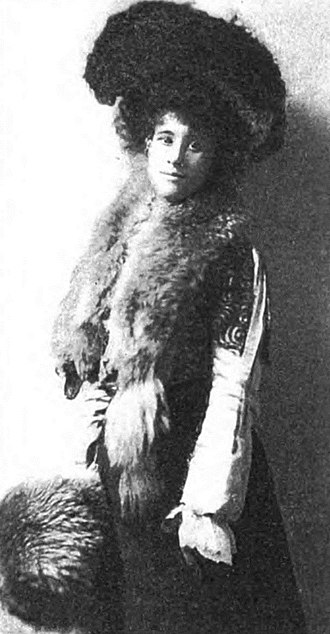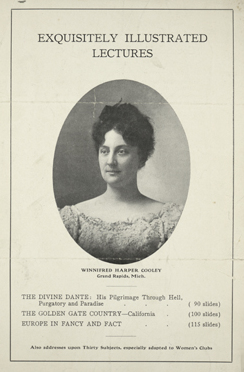Discover Your Roots
SIGN UPDiscover Your Roots
SIGN UPWinnifred is a female given name of English origin, meaning "Peace Friend." This timeless name has been carried by notable individuals such as Winnifred Eaton, a Canadian author, and Winnifred Quick, one of the last survivors of the sinking of RMS Titanic. Fictionally, it is associated with characters like Winnifred Torrance from Stephen King's novel, The Shining. Additionally, there are places bearing this name, such as Winnifred, a hamlet in Alberta, Canada. The significance of Winnifred extends beyond personal names, as demonstrated by the Winnifred Street Bridge in Ruston, Washington. Overall, the name Winnifred holds a deep-rooted meaning of peace and friendship, contributing to its enduring popularity and cultural significance.

Winnifred Eaton, also known by the pseudonym Onoto Watanna, was a Canadian author and screenwriter of Chinese-British descent. Born in Montreal in 1875, she was the daughter of an English merchant and a Chinese performer. Despite the family's frequent relocations and financial struggles, Eaton grew up in a stimulating environment and began her writing career at a young age. She achieved early success with her stories and novels, eventually publishing over a dozen novels and numerous short stories and articles. Eaton's literary career flourished in New York City, where she gained recognition for her works, some of which were adapted into Broadway plays and motion pictures. In addition to her literary pursuits, Eaton co-authored the Chinese-Japanese Cook Book with her sister. After marrying Francis Fournier Reeve, she moved to Alberta, where she continued to write and became involved in the film industry. Eaton was also an active member of the artistic community in Calgary, where she founded Alberta's Little Theatre Movement. She passed away in 1954, leaving behind a legacy of influential and widely read literary works.

Winnifred Harper Cooley (October 2, 1874 – October 20, 1967) was an influential American author and lecturer known for her significant contributions to the feminist movement in the early 20th century. Born in Terre Haute, Indiana, she pursued her academic endeavors at Stanford University, graduating in 1896 with an A.B. in Ethics. Cooley married George Elliot Cooley, a Unitarian minister, in 1899 and the couple lived in various locations before settling in New York City. Cooley gained prominence as a prolific writer, with her most notable work being "The New Womanhood" (1904), which highlighted the achievements of the New Woman in areas such as education, employment, and recognition. Her essay "The Younger Suffragists" (1913) distinguished her and her contemporaries from the older suffragists, marking her as a pioneering feminist of her time. Cooley's views on feminism and suffrage were progressive and ahead of her time, as she advocated for complete social revolution through suffrage. In addition to her literary work, Cooley hosted a popular biweekly dinner forum known as "The Morons" from 1923, drawing significant attendance and furthering her influence in feminist circles. Winnifred Harper Cooley's impact on the feminist movement and her literary contributions continue to be remembered and celebrated.

Winnifred Hudson (1905–1996) was a British-born painter who made a significant impact on the art world during her lifetime. Born in Sunderland, England, on May 21, 1905, she spent her formative years in Alberta, Canada, before eventually finding her way to Hawaii. After falling in love with the islands during a vacation in 1932, Hudson made the decision to relocate to Honolulu in 1934. Initially working as a secretary, she later pursued her passion for art by enrolling in courses at the Honolulu Academy of Arts. At the age of 60, she made the bold decision to leave her job and fully commit herself to her artistic endeavors. Known for her hard-edge abstract paintings with subtle references to nature, Hudson's work captivated audiences and earned her a place in esteemed public collections such as the Hawaii State Art Museum and the Honolulu Museum of Art. Despite her passing in Davis, California, on May 10, 1996, her legacy continues to inspire and influence art enthusiasts worldwide.


All images displayed on this page are sourced from Wikipedia or Wikimedia Commons.We use these images under their respective Creative Commons or public domain licenses. Wherever applicable, author attributions and license information are provided. If you believe an image is used incorrectly or outside its license terms, please contact us so that we can review and correct the issue.